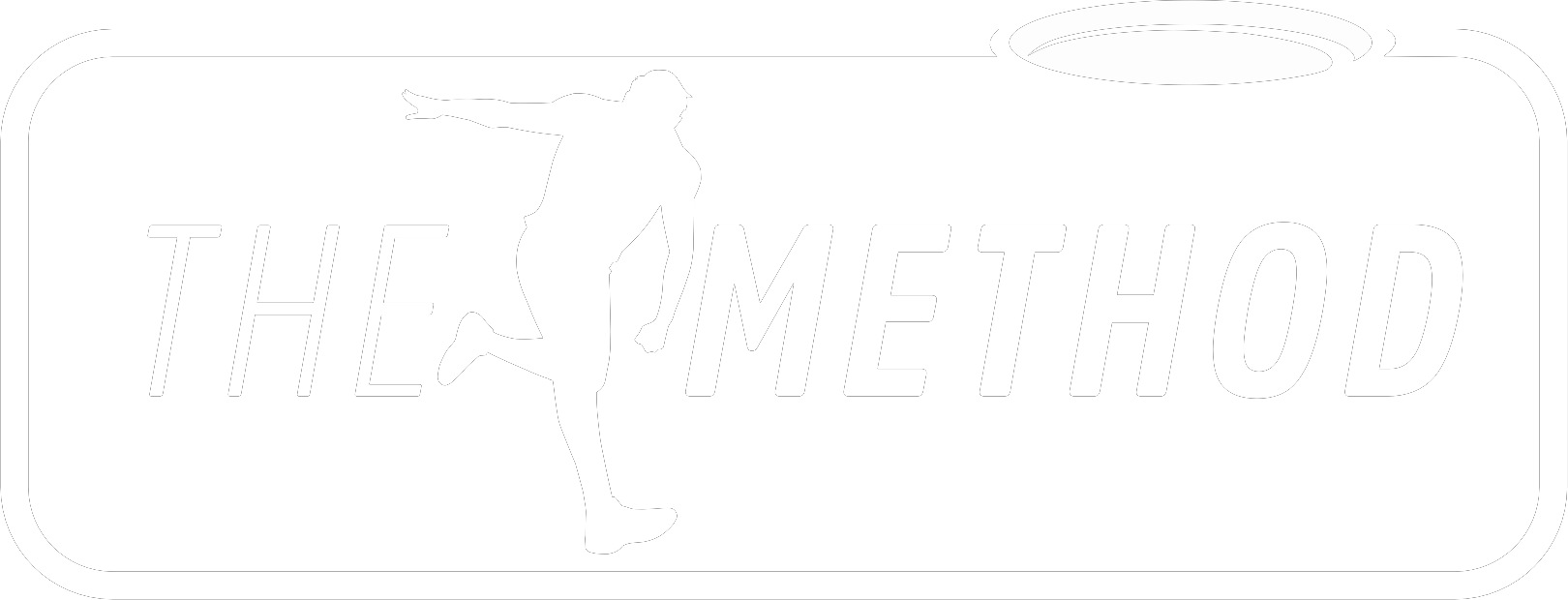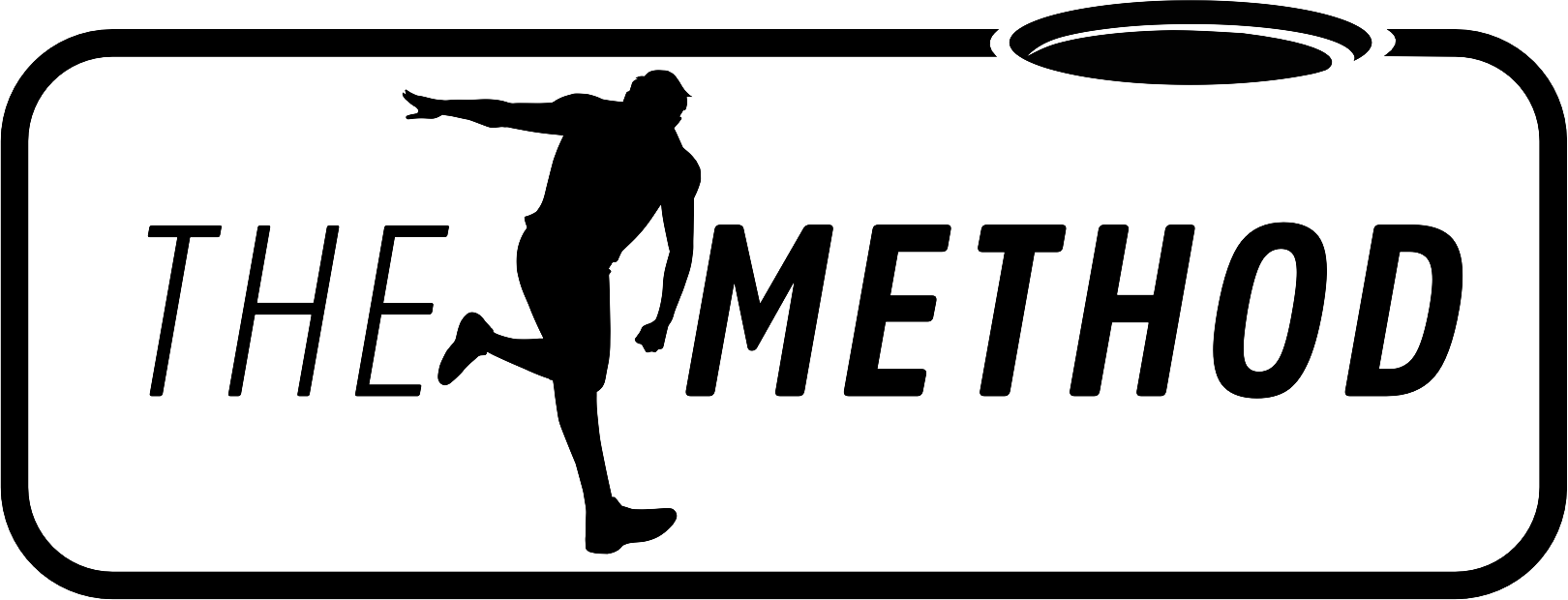Why Do Players Struggle to Transition From Ultimate Frisbee to Disc Golf?
By: Brian Weissman
The transition from Ultimate Frisbee to disc golf can be particularly challenging due to fundamental differences in disc design and throwing techniques. Ultimate Frisbee discs have a uniform weight distribution, making them stable at lower speeds, while modern disc golf discs concentrate weight on the outer rim for greater gyroscopic stability at higher speeds. This design shift requires a distinct throwing motion that emphasizes linear force production rather than the circular, wrist-centric flick used in Ultimate Frisbee. Because an Ultimate disc is typically thrown only 50–60 feet, a more delicate throw and heavier reliance on spin is sufficient, whereas a modern golf disc is meant to be thrown with significant velocity and spin, demanding a different physical sequence and form.
One of the major obstacles for transitioning players is that the established vocabulary for disc throwing has historically carried over from Ultimate. Terms like “reach back,” “pull through,” and “snap” were originally adapted from Ultimate Frisbee mechanics, which can inadvertently steer disc golf beginners toward focusing too much on arm speed and wrist flick. In disc golf, generating power starts from the ground up: the legs, hips, and torso play key roles in building speed and torque before the disc is released, rather than relying solely on the arm.
Another challenge involves the difference in flight stability. Ultimate discs can be prone to flutter and turning over (off-axis torque) when thrown with excessive speed or improper angle. As a result, players often compensate by throwing with hyzer or limiting forward velocity. In contrast, disc golf drivers are designed to handle higher speeds and require good form to activate their full potential. Without adjusting to the more linear and powerful motion, former Ultimate players may find their golf discs veering off course or lacking distance.
Ultimately, recognizing the different physics and design constraints in disc golf—compared to Ultimate—is the first step to re-learning throwing mechanics. Understanding and embracing the necessary changes in body positioning, sequencing, and arm motion can greatly accelerate the learning process, helping those migrating from Ultimate to disc golf refine their technique and unlock the full potential of disc golf discs.

